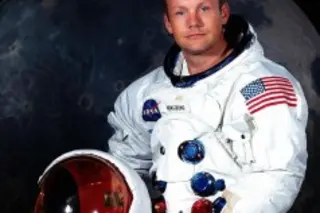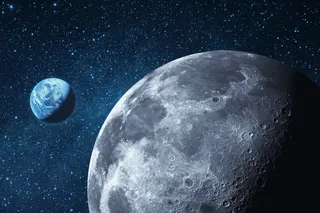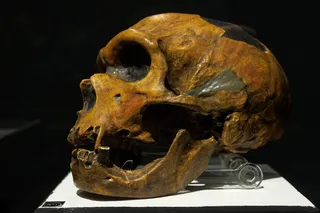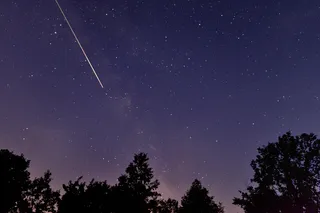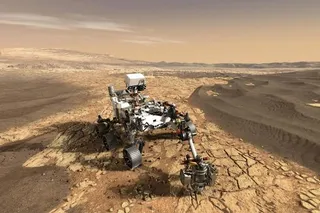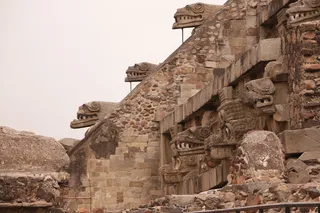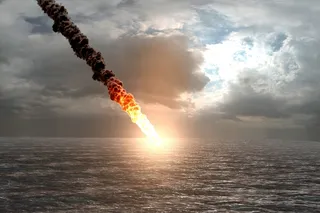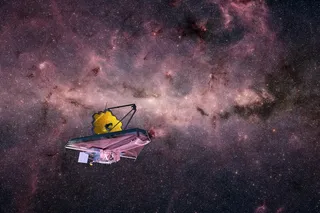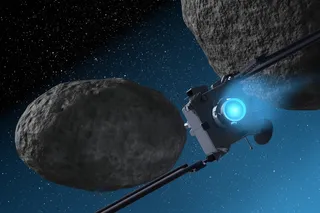We know Neil Armstrong was the first man on the Moon, but how did he end up with this coveted position? Was he chosen on account of his flying background and civilian status? Or was it the luck of the draw?
It was the luck of the draw. But it’s actually a really interesting and surprisingly convoluted story!
Throughout the Apollo program, choosing who would fly on which mission fell to Deke Slayton. One of the original Mercury astronauts, Slayton was pulled from the flight rotation after doctors discovered atrial fibrillation, and rather than force him out of NASA he was made head of the astronaut office. In this capacity, he developed a rotation schedule: each prime crew had a backup crew, who would then be in line to serve as prime crew three missions later. So the backup crew for, say, Apollo 1, would be the prime crew for ...


